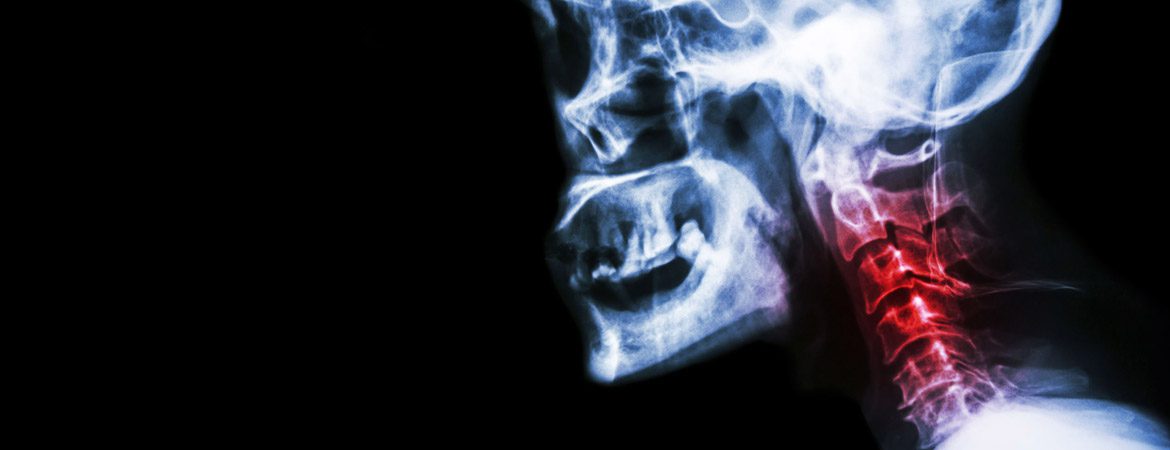
7 Symptoms that Signal Cervical Spondylosis
Cervical spondylosis is the degeneration of the joints in the neck. It becomes increasingly more common as people age. More than 85% of people over age 60 are affected.
Although it is a form of arthritis, cervical spondylosis rarely becomes a crippling or disabling type. Understanding your spine and how it works can help you better understand cervical spondylosis. There are seven simple steps below to help you detect whether you are suffering from cervical spondylosis:
- If you feel uncomfortable when you take a deep breath and feel tightness or pain in your chest, you should be alerted for it is a sign of thoracic spinal subluxation.
- If your jaw often makes the “click” sound and you have chewing difficulties, mostly, it might be due to the temporomandibular joint or the neck joint subluxation.
- If your neck joint, back joint or other joins rattle, it might be a result of your flabby joint capsule or spinal joint degeneration.
- If you cannot concentrate fully, you might be suffering from cervical spine subluxation or cervical spondylosis for it would affect cerebral blood supply.
- If your heels of the shoes always wear down and become uneven, it would be the indication of pelvic and hip joint subluxation for this would cause your length of the legs be unequal.
- If your head leans to one side and one of your legs want to take on the other unconsciously, or your body unknowingly tilt to one side when you are walking, it is a signal of scoliosis.
- The frequent sprain in the lumbar region and if you experience chest pain when you are breathing, it might be due to the limitation of motion of your intervertebral joint. Moreover, if your whole body aches often, it could be a sign of spondylodynia.
